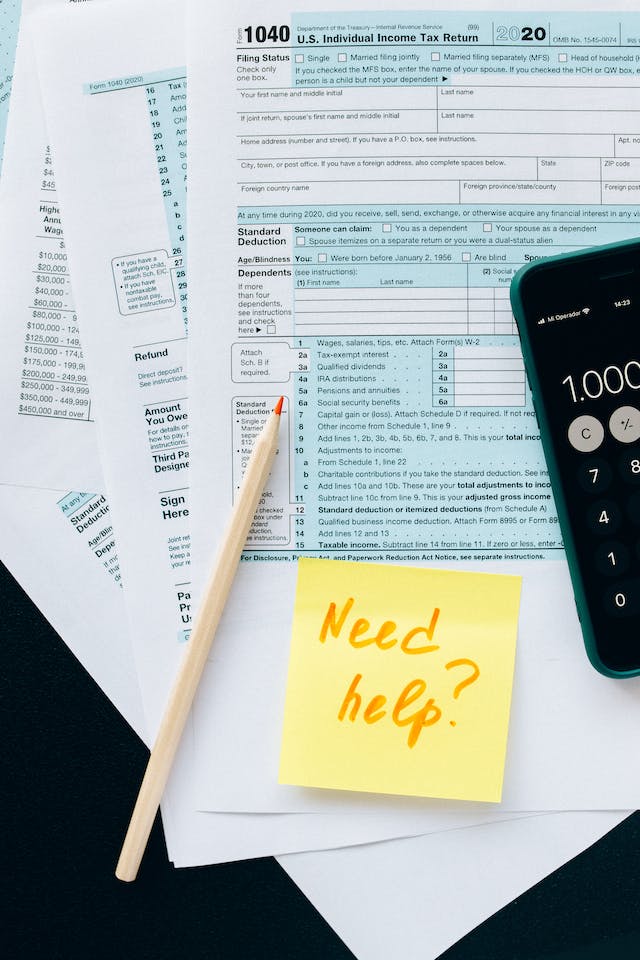The Equation Assets Liabilities Equity is a fundamental principle in accounting and finance, representing the basic balance sheet equation. This equation forms the foundation of double-entry bookkeeping and provides a clear view of a company’s financial position at any given time. Here’s a detailed look into the components and significance of this equation:
Assets: Assets represent what a company owns. These include tangible items like cash, inventory, property, and equipment, as well as intangible items like patents and trademarks. Assets are resources that are expected to provide future economic benefits.
Liabilities: Liabilities are what a company owes. These are obligations to other parties and include loans, accounts payable, mortgages, and other debts. Liabilities are settled over time through the transfer of economic benefits including money, goods, or services.
Equity: Equity, also known as shareholders’ equity or owner’s equity, represents the residual interest in the assets of the entity after deducting liabilities. It includes funds contributed by owners, retained earnings, and other forms of internal capital.
Table of Contents
The equation Assets Liabilities Equity is important for several reasons
- Balance Sheet Representation: It is the structure upon which the balance sheet is built. The balance sheet provides a snapshot of a company’s financial position at a specific point in time, showing what it owns and owes.
- Financial Health Indicator: This equation helps in assessing the financial health of a business. A healthy business typically has a balance of assets funded by a mix of liabilities and equity. Too much debt (liabilities) can indicate financial risk, while too much equity can suggest under-leveraging.
- Basis for Financial Analysis: It is crucial for financial analysis, helping analysts understand how a company finances its assets, manages its debts, and how much value is attributable to shareholders.
- Double-Entry Bookkeeping: The equation is the basis of double-entry bookkeeping, ensuring that all financial transactions are properly recorded; for every transaction, the total debits equal the total credits.
- Decision-Making Tool: For investors, understanding this equation is essential in making informed decisions. It helps in analyzing a company’s leverage, operational efficiency, and return on equity.
What is the main accounting equation? The “Assets = Liabilities + Equity” equation is a key concept in understanding a company’s financial position and health. It provides a clear and simple way to visualize how a company’s assets are financed and how its financial structure is balanced. This equation is essential for anyone involved in financial analysis, accounting, or business management.
Examples of The equation assets liabilities equity
Let’s explore a couple of examples to illustrate the “Assets = Liabilities + Equity” equation in a practical context. These examples will demonstrate how the equation is applied in real-world scenarios.
Example 1: Small Business Scenario
Scenario: Imagine a small business, ABC Bakery, that has the following financial details:
Assets:
- Cash: $20,000
- Baking Equipment: $30,000
- Inventory: $10,000
- Total Assets: $60,000
Liabilities:
- Bank Loan: $25,000
- Accounts Payable: $5,000
- Total Liabilities: $30,000
Calculation:
- Total Assets = $60,000
- Total Liabilities = $30,000
- To find the Equity, we rearrange the equation: Equity = Assets – Liabilities.
- So, Equity = $60,000 (Assets) – $30,000 (Liabilities) = $30,000
Example 2: Corporate Scenario
Scenario: Let’s consider a larger company, XYZ Tech, with the following financials:
Assets:
- Cash and Equivalents: $100,000
- Office Property: $300,000
- Patents: $100,000
- Total Assets: $500,000
Liabilities:
- Long-term Debt: $200,000
- Accounts Payable: $50,000
- Total Liabilities: $250,000
Calculation:
- Total Assets = $500,000
- Total Liabilities = $250,000
- To find the Equity, we use the same formula: Equity = Assets – Liabilities.
- So, Equity = $500,000 (Assets) – $250,000 (Liabilities) = $250,000
Key Takeaways from Examples:
- Balancing the Equation: In both examples, the sum of liabilities and equity equals the total assets, demonstrating the balance sheet’s fundamental principle.
- Scale and Complexity: While the scale and complexity may differ between a small business and a large corporation, the underlying equation remains the same.
- Financial Health Insights: These examples show how the equation helps in understanding the composition of a company’s finances – how much of the assets are financed through debt (liabilities) versus owner’s investment (equity).
- Strategic Decisions: Understanding this balance can aid in making strategic business decisions, such as whether to take on more debt or to seek additional equity investment.
These examples underscore the universal applicability of the “Assets = Liabilities + Equity” equation across different types and sizes of businesses, providing a clear and concise picture of their financial standing.

Conclusion
The equation Assets Liabilities Equity is a cornerstone of accounting and financial analysis, offering a fundamental and universal framework for understanding a company’s financial position. This equation is not just a mathematical formula; it represents a critical balance and relationship between what a company owns, what it owes, and the value belonging to its shareholders.
Key Points to Remember:
- Foundational Principle: This equation is the foundation of double-entry bookkeeping and is essential for maintaining accurate financial records. It ensures that every financial transaction is accurately captured, reflecting a true and fair view of the company’s financial health.
- Indicator of Financial Health: The balance between assets, liabilities, and equity is a key indicator of a company’s financial health and stability. A well-balanced sheet with a healthy mix of liabilities and equity usually indicates sound financial management.
- Decision-Making Tool: For business owners, investors, and financial analysts, this equation is crucial for making informed decisions. It helps in evaluating the risk and return of investments, the company’s leverage, and its ability to meet short-term and long-term obligations.
- Adaptability and Relevance: The equation’s simplicity and adaptability make it relevant for businesses of all sizes and types, from small startups to large multinational corporations. It applies universally, regardless of the industry or market.
- Strategic Planning and Analysis: Understanding this equation is vital for strategic planning. It assists businesses in capital structure decisions, investment strategies, and understanding the impact of financial decisions on overall business health.
- Educational Value: For students and professionals in accounting and finance, mastering this equation is fundamental. It forms the basis of more complex financial concepts and practices.
In essence, the “Assets = Liabilities + Equity” equation is more than just a balance sheet representation; it’s a lens through which the financial stability and operational efficiency of a business can be assessed and understood. Its enduring relevance in the financial world underscores its importance as a tool for analysis, decision-making, and strategic planning.
Frequently Asked questions (FAQs) about equation assets liabilities equity
Here are some frequently asked questions (FAQs) about the equation “Assets = Liabilities + Equity,” which provide further insight into its importance and application in accounting and finance:
What does the equation “Assets = Liabilities + Equity” represent?
This equation represents the fundamental relationship in accounting where a company’s total assets are financed by either liabilities (what the company owes) or equity (the owner’s/shareholders’ interest in the company).
Why is this equation important in accounting?
It is the basis of double-entry bookkeeping and ensures that all financial transactions are balanced. This equation provides a snapshot of a company’s financial health and is crucial for preparing accurate financial statements.
How does an increase in assets affect the equation?
An increase in assets must be balanced by an equal increase in liabilities, equity, or both. For instance, purchasing new equipment (an asset) might be financed by a loan (liability) or by using retained earnings (equity).
Can liabilities be greater than assets? What does it mean?
Yes, liabilities can exceed assets. This situation is known as a negative equity scenario, indicating financial distress, potential insolvency, or bankruptcy.
How do changes in equity affect the balance sheet?
Changes in equity, such as retained earnings, stock issuance, or dividend payments, directly affect the balance sheet. These changes alter the equity portion of the equation, thus impacting the total financial value of the company.
Is it possible for a company to have no liabilities?
Technically, yes, a company can operate without liabilities, though it’s rare. Such companies are usually self-funded (through equity) and may not leverage debt for growth or operations.
How does this equation help investors?
Investors use this equation to assess a company’s leverage, financial stability, and the risk associated with investing in it. It helps them understand how assets are financed and the risk-return profile of the company.
Does this equation apply to all types of businesses?
Yes, the “Assets = Liabilities + Equity” equation applies universally across all business types and sizes, from small enterprises to large corporations, across various industries.
How is shareholder equity calculated in this equation?
Shareholder equity is calculated as Total Assets minus Total Liabilities. It represents the residual value of assets after all liabilities are paid off.
Can this equation be used for personal finance?
Absolutely, this equation can also be applied to personal finance for individuals to assess their financial situation, balancing personal assets against liabilities and personal equity.
These FAQs cover the basic understanding, implications, and applications of the “Assets = Liabilities + Equity” equation, highlighting its significance in various contexts within the realm of finance and accounting.









Leave a Reply